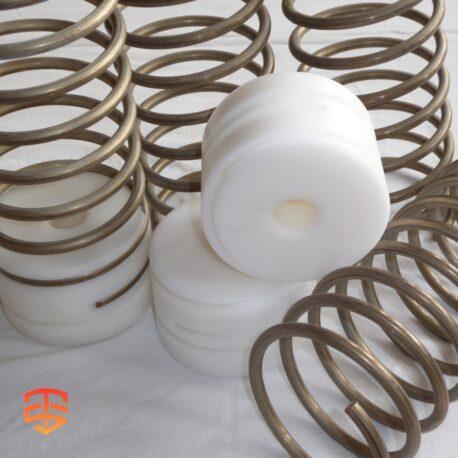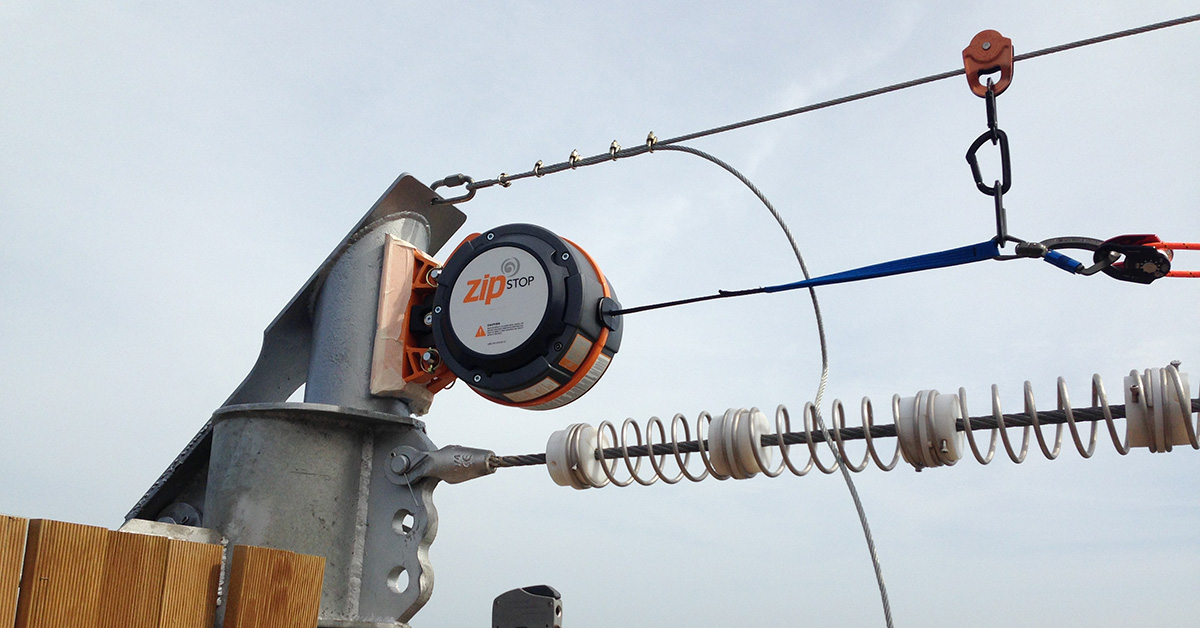
Zip lining is an exhilarating activity that offers an adrenaline rush like no other. But behind the scenes, there’s a lot of engineering and safety measures that ensure every ride is both thrilling and secure. One of the most critical components in a zip line setup is the braking system. In this comprehensive guide, we’ll dive deep into spring brakes, exploring their functionality, advantages, and drawbacks. Whether you’re a zip line operator or an enthusiast, this article will provide you with valuable insights.
What Are Zipline Spring Brakes?
Zip line spring brakes are large metal coils designed to compress upon impact, absorbing the rider’s momentum and bringing them to a stop. Unlike other braking systems, spring brakes decompress and push the rider back slightly, which can affect throughput and customer experience.
How Do Spring Brakes Work?
Spring brakes for Zip wires operate on a simple yet effective principle. When a rider reaches the end of the zip line, they impact the spring brake, causing it to compress. This compression absorbs the rider’s kinetic energy, slowing them down. Once the rider stops, the spring decompresses, pushing them back slightly.
Spring Brake System | Primary & EAD zipline brake
The professional Zipline Spring Brake is a reliable primary and secondary zipline braking component designed for high speeds and big impacts. It’s durable, efficient, and requires minimal maintenance.
The Importance of Throughput
Throughput is critical for any zip line operation. The time it takes for a rider to stop rebounding is precious time lost. Every second a customer spends bouncing around at the end of the line is a second you could be using to get another customer through the course. These small inefficiencies quickly add up, significantly impacting throughput and overall efficiency.
Factors Affecting Braking Performance
Several factors can affect the final speed of a rider before they start braking, including:
- Rider Weight: Heavier riders cause more spring compression and rebound further, while lighter riders experience a more abrupt stop.
- Wind Speed: Headwinds slow riders down, while tailwinds speed them up.
- Cable Conditions: Wet cables from rain or dew can cause riders to arrive faster than on dry cables.
The Space Requirement for Spring Brakes
One of the significant downsides of Zip Wire spring brakes is the space they require. Unlike other zip line brakes, springs do not move on the line and cannot be moved out of the way. Large spring banks are permanently installed, necessitating very large platforms or detached terminal structures.
Spring Brakes as Emergency Arrest Devices (EADs)
While spring brakes may not be the optimal primary brake for zip lines, they excel as emergency arrest devices (EADs). ACCT standards require an EAD on all zip lines exceeding 6 mph (10 kph). These devices are passive brakes independent of the primary brake, designed to prevent serious injury or death in case of primary brake failure.
The Versatility of Spring Packs
Spring packs, made up of multiple springs connected by plastic spacer blocks, are effective EADs. The number of springs necessary depends on various factors, including rider arrival speed, weight range, and the type of primary brake used. Properly designed and installed spring packs can create a fail-safe braking system.
Maintenance and Inspection
Although spring brakes are relatively simple mechanical systems, regular inspection is crucial. In certain environments, corrosion must be evaluated regularly, as well as the condition of padding, which degrades in harsh conditions. A full zip line inspection is necessary where the springs move back and forth, which can be challenging due to limited access.
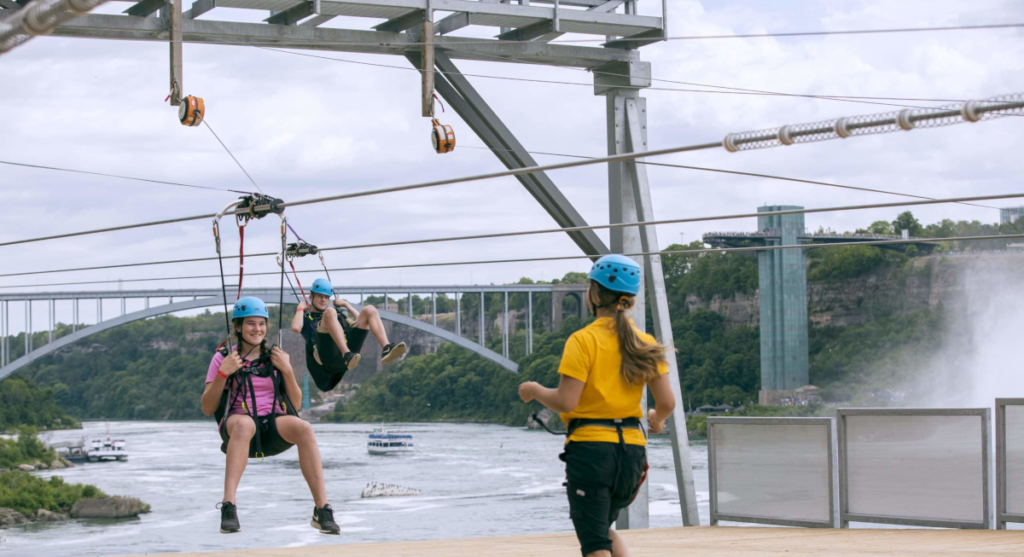
The Importance of Zip Line Design and Engineering
When it comes to zip lining, the thrill of soaring through the treetops or across vast canyons is only part of the equation. The real magic happens behind the scenes, where meticulous design and engineering ensure that every ride is not only exhilarating but also safe and efficient. The importance of zip line design and engineering cannot be overstated, as it encompasses everything from the initial layout and material selection to the integration of advanced braking systems and emergency arrest devices.
A well-designed zip line course takes into account various factors such as terrain, rider weight, wind conditions, and environmental impact. Engineers use these parameters to create a course that maximizes both safety and enjoyment. For instance, the angle of descent and the tension of the cable are carefully calculated to ensure that riders reach optimal speeds without compromising their safety. Additionally, the choice of materials, such as high-tensile steel cables and corrosion-resistant components, ensures the longevity and reliability of the zip line.
But design and engineering go beyond just the physical aspects. They also involve the strategic placement of braking systems, like spring brakes and emergency arrest devices (EADs), to manage rider speed and ensure a smooth and controlled stop. These systems are not just installed haphazardly; they are the result of rigorous testing and precise calculations. For example, the number of springs in a spring pack and their arrangement are determined based on factors like rider arrival speed and weight range, ensuring that the braking system can handle various scenarios effectively.
Customer Experience and Variable Braking
Different weight riders will have varying braking experiences with spring brakes. Heavier riders will compress the spring more and rebound further, while lighter riders will experience a more abrupt stop. This variability, combined with environmental conditions, can lead to inconsistent customer experiences.
Advantages of Spring Brakes
- Reliability: Springs are generally set up with many internal redundancies and automatically reset after use.
- Cost-Effective: When used in conjunction with other braking systems, spring brakes can be an inexpensive secondary backup.
- Simple Installation: Spring brakes are easy to install, inspect, and maintain.
Drawbacks of Spring Brakes
- Space Requirement: Large platforms or detached terminal structures are necessary.
- Variable Braking Experience: Different rider weights and environmental conditions can lead to inconsistent braking.
- Throughput Impact: Time spent rebounding affects overall throughput.
Zip Line Spring Brakes: Efficiency, Safety, and Customer Satisfaction
Spring brakes play a crucial role in zip line safety and operation. While they may not be the best choice for a primary braking system, their reliability and effectiveness as emergency arrest devices make them invaluable. Understanding the intricacies of spring brakes can help operators optimize their zip line courses for both safety and efficiency.
FAQs
1. What are the main components of a spring brake system?
The main components include large metal coils, plastic spacer blocks, and sometimes progressive or fixed spring rates to adjust the braking experience.
2. How often should spring brakes be inspected?
Regular inspections are crucial, especially in environments prone to corrosion. The condition of padding and the overall system should be evaluated regularly.
3. Can spring brakes be used as the primary braking system?
While they can be used as a primary brake, they are more effective as emergency arrest devices due to their space requirements and variable braking experiences.
4. What factors influence the braking performance of spring brakes?
Rider weight, wind speed, and cable conditions are significant factors. Heavier riders and wet cables can lead to faster arrival speeds, while headwinds can slow riders down.
5. How do spring brakes impact throughput?
The time it takes for riders to stop rebounding can affect throughput. Every second spent bouncing around is a second lost, impacting overall efficiency.
Beyond the Basics: Unveiling Zipline Technology with Expert Analysis
Intrigued by the potential of Zipline technology? You’ve come to the right place! This article provides a solid foundation. But if you’re eager to delve deeper and gain insights from industry experts, keep reading…
- Zip Line Design: Components for a Complete System
- Considering operating and investing in a zipline?
- 9 Zipline Mistakes You Don’t Know You’re Making
- Magnetic Zipline Braking: A Revolutionary Way to Ensure Safe Rides
- Pros and Cons of Different Zip Line Brakes
- Expert Tips for Zip Line Brake Installations
- White Paper on Zipline Emergency Arrest Devices (EAD)
- The Importance of Optimizing Zip Line Design for Rider Speed
- Does your zip line need an emergency arrest device?
- The Magnetic Self-braking Zipline pulley
- Zipline Braking and landing considerations
- Why Zip Line Trolley Bearings Matter
- Whitepaper: Zipline Braking Dynamics
- Zip Line Installation: Give them the Best Ride
- How to startup a Successful Zip Line Business
-
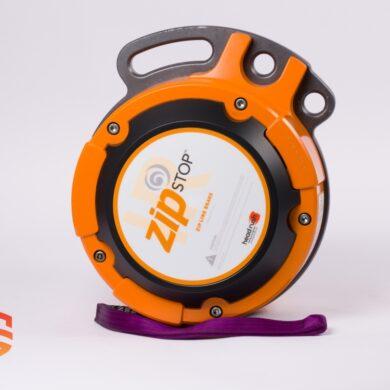 zipSTOP IR Zipline Brake | 24 – 60 kph€ 5.649,00 – € 5.799,00 Ex VAT
zipSTOP IR Zipline Brake | 24 – 60 kph€ 5.649,00 – € 5.799,00 Ex VAT -
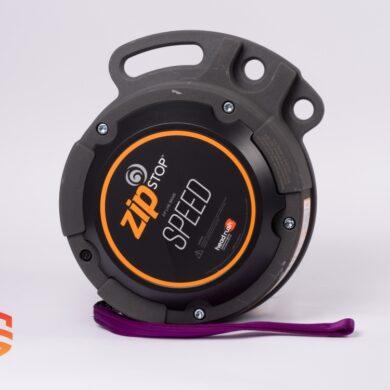 zipSTOP SPEED Zipline Brake | 50 – 72 kph€ 6.099,00 – € 6.349,00 Ex VAT
zipSTOP SPEED Zipline Brake | 50 – 72 kph€ 6.099,00 – € 6.349,00 Ex VAT -
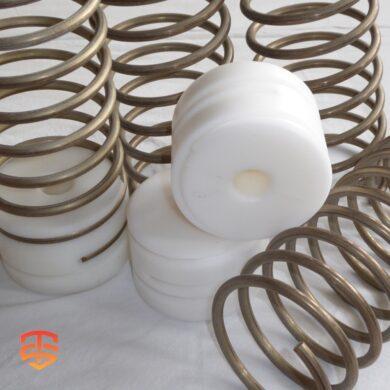 Spring Brake System | Primary & EAD zipline brake€ 80,00 Ex VAT
Spring Brake System | Primary & EAD zipline brake€ 80,00 Ex VAT

